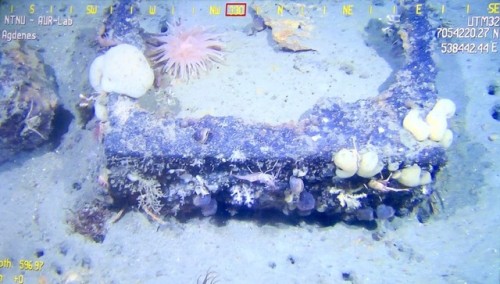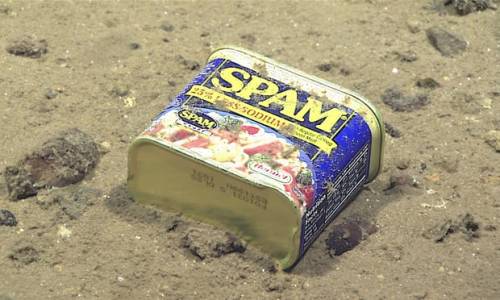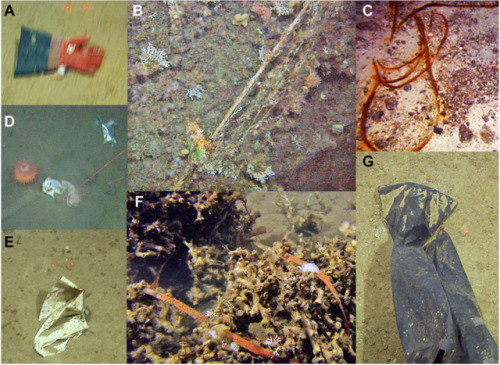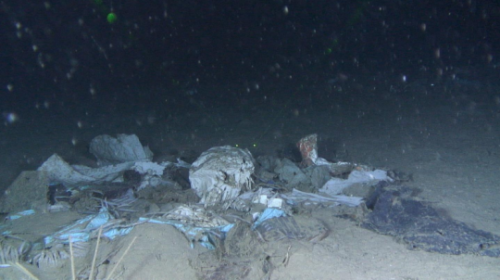#marine pollution
PENGUINS ARE EATING MICROPLASTIC IN THE ANTARCTICA
Microplastics are widespread in the marine environment but are still poorly understood in Polar regions, particularly in the Antarctica. Now, an international study reveals the presence of microplastics in three penguin species from Antarctica and warns about the state of our southern ecosystems.
Now, an international study reveals the presence of microplastics across Antarctica, in three penguin species, chinstrap, gentoo and adélie penguins, and warns about the state of our southern ecosystems.
Researchers analyzed scat samples from chinstrap, gentoo and adélie penguins at breeding colonies across the Antarctic Peninsula and Scotia Sea, over seven seasons. They found microplastics are widespread across years and colonies in Antarctic Peninsula. These particles are mostly polyethylene and polyester, but also, in cellulose fibres. Results shows a similar frequency of occurrence of particles across all colonies, suggesting there is no particular point source for microplastic pollution in the Scotia Sea,
Researchers highlight the need for further assessment of microplastics in this sensitive region of the planet, the potential effects on penguins and other organisms in the Antarctic marine food web.
- Photo: Gentoo penguin at Byers Peninsula, one of the locations included in the study. Photo by Andrés Barbosa (MNCN-CSIC)
- Reference:Fragão et al., 2021. Microplastics and other anthropogenic particles in Antarctica: Using penguins as biological samplers. Science of The Total Environment.
Photo description: Gentoo penguin colony, with nearly 40 penguins, some of them are nesting in a free-ice area near the water.
Post link
Fishes swiming near plastic debris at the Samandag Cevlik Akcay dive site off the coast of Samandag, in Hatay province, Turkey.
- Photo by Şebnem Coşkun/Anadolu
Post link
Pink anemones, white cauliflower coral and squat lobsters adorn an abandoned munitions box andbus, at 600 m depth, in Trondheim fjord , Norwegian Sea.
Post link
A container of Spam rests at 4,947 meters on the slopes of a canyon leading to the Sirena Deep in the Mariana trench.
- Photograph:Noaa Office of Ocean Exploration and Research, 2016 Deepwater Exploration of the Marianas.
Post link
Litter is present in all marine waters around the globe. It consists of several compound classes of which plastic is of special interest because of its high abundance and possible threat to marine organisms.
Distribution, composition and abundance of large litter items at the sea floor of the North Sea and the Baltic Sea was investigated based on 175 bottom trawls between 2013 and 2015. In the North Sea and in the Baltic Sea plastic represented 80% of the litter items.
Post link
Examples of litter observed on the seafloor in the Nordic Seas
A. rubber glove, B. gill net, C. trawl wire, D. Drinking cartons, E: soft plastic, F: Plastic straps, G: Plastic bag.
Marine litter has been found in all marine environments in the Nordic Seas. These ecosystems are under pressure from climatic change and fisheries while the human population is small. According to submarine video transects most of the litter is originated from the fishing industry and plastic is the second most common litter. Background levels are comparable to European records and areas with most littering had higher densities than in Europe.
- Photo curtesy of Mareano-IMR
- Reference: Buhl-Mortensen & Buhl-Mortensen. 2017. Marine litter in the Nordic Seas: Distribution composition and abundance. Marine Pollution Bulletin
Post link
Examples of benthic debris items observed from the Delta submersible during deep-water surveys on the seafloor off central and southern California:
a) monofilament fishing line in gorgonian corals off central California at 95 m (photo by M. Yoklavich).
b) gill net snagged on rock off southern California at 80 m (photo by D. Schroeder).
c) beer bottle with shortspine combfish off southern California at 182 m (photo by L. Snook).
d) derelict spot prawn trap continuing to capture crabs off southern California at 247 m (photo by M. Love)
Post link
“It has been estimated that 4.8 to 12.7 million metric tons of plastic waste entered the ocean in 2010 from 192 coastal countries.”
- Download this book here: Marine Debris Impacts on Coastal and Benthic Habitats
Post link
According to scientists consensus, there is no place in the ocean without plastic pollution.
Here are two exaples of excepcional records of acummulation of deep-sea litter in the Japan Trench. Plastic bags in the gap made by a big earthquake off Sanriku in Shinkai, at 6272 m depth (picture a) and the Suruga Bay at 2170 m (in the picture b).
These two records come from a research dive done in 1991 by JAMSTEC.
Post link
Majuro Lagoon is located in Majuro Atoll, Marshall Islands, in the Pacific Ocean. And despite it looks like a tropical heaven, it has some of the biggest densities of macro debris.
The standing stock of macro-debris in Majuro lagoon ranges from household items such as cans and bottles which accumulate on the reef or in sandy areas, to nappies/diapers, plastic and material which cling and suffocate coral and other benthic organisms.
Derelict fishing lines and other gear are often covering structurally complex biota such as sponges, gorgonians or corals which suffer broken parts and may be more susceptible to infections and eventually die.
Post link
Brisingid starfish, brittle stars and chrinoids on an old barrel
A large brisingid starfish is accompanied by numerous brittle stars and chrinoids on a discarded barrel on the seafloor offshore Olympic National Park at 2315 m depth.
- Photo taken by ROPOS, which is operated by the Canadian Scientific Submersible Facility./ Ocean Networks Canada flickr
Post link
Steven Kovacs Photography
Marine pollution is a combination of chemicals and trash, most of which comes from land sources and is washed or blown into the ocean. This pollution results in damage to the environment, to the health of all organisms, and to economic structures worldwide.
This lizardfish in Florida has mistaken a drifting cigarette butt for a fish. The photographer intervened to stop the lizardfish swallowing it!
The Ocean Art underwater photography awards 2021
Post link
















